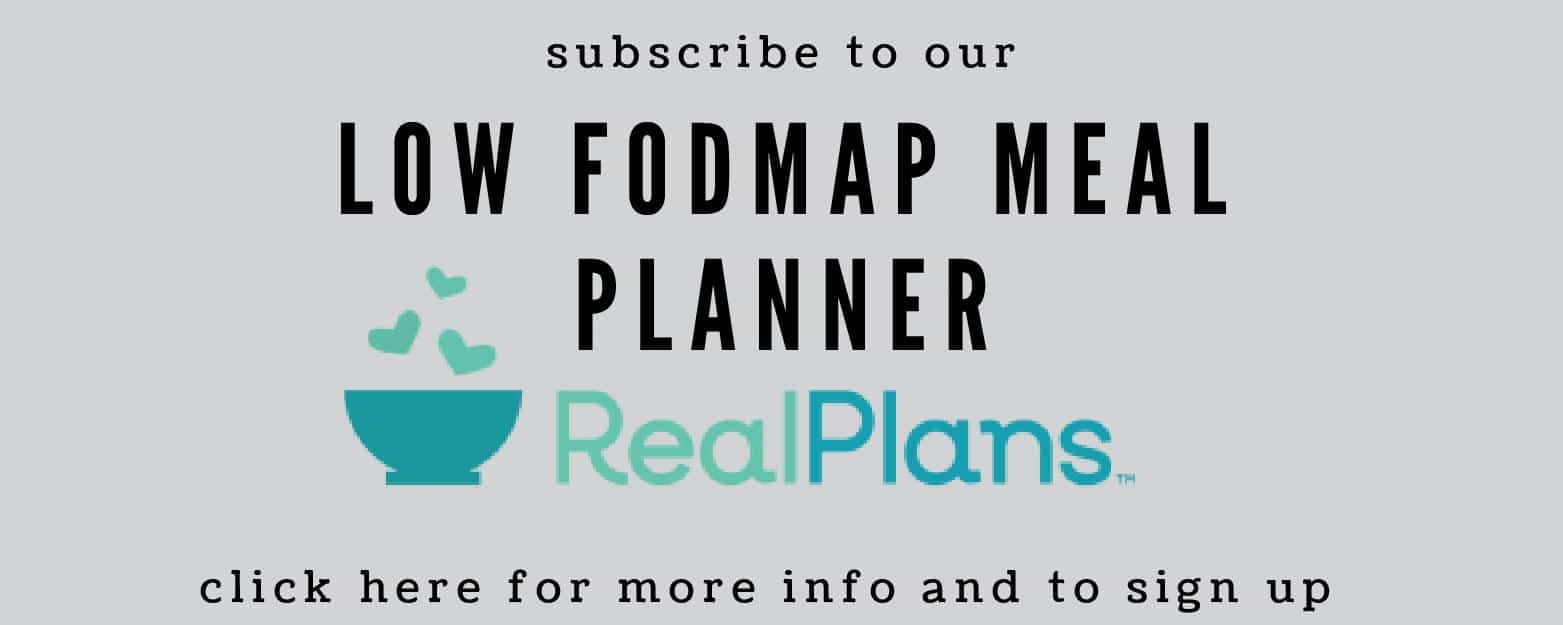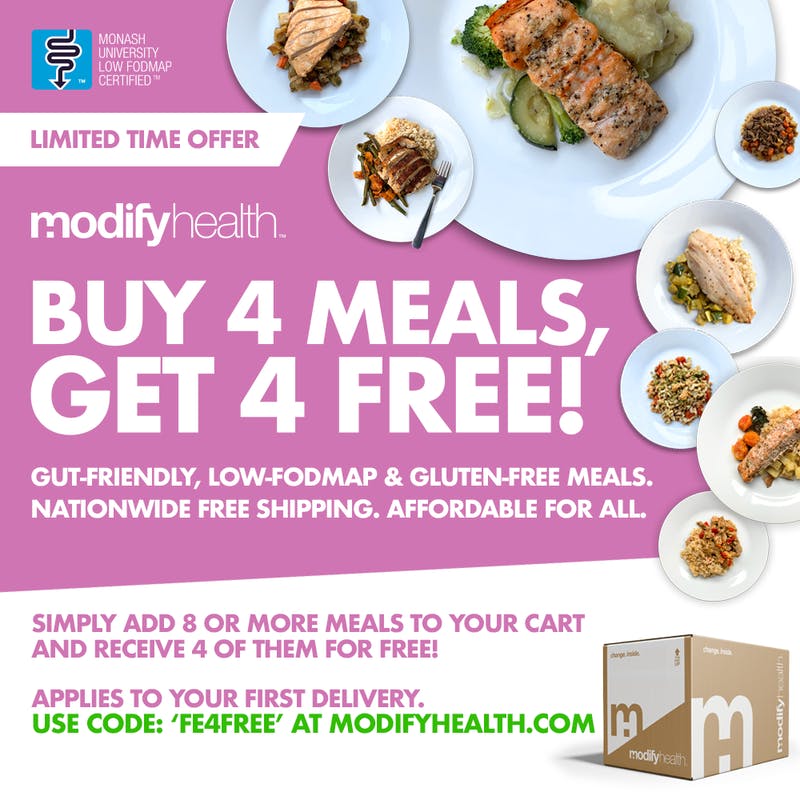Grocery shopping seems simple until you reach the checkout line and wonder how it all added up so quickly. Some items may look harmless in your cart, but they can drain your wallet week after week. The worst part? Many of them aren’t worth the premium price you’re paying.
Stores count on you grabbing what’s easy or familiar. But with a little awareness, you can start spotting the products that quietly eat into your budget. Cutting out these overpriced staples won’t change what you eat, but it might change how much you spend.
Pre-Cut Fruits and Vegetables

Who doesn’t love a shortcut? Pre-cut fruits and vegetables promise convenience, saving you time spent chopping. However, you pay a hefty premium for someone else’s knife skills. Your money could be better spent elsewhere if you take a few minutes to chop them yourself.
Bottled Water

It’s water, but with a brand name and fancy packaging, it suddenly costs an arm and a leg. While indispensable for travel or emergencies, regularly consuming bottled water from the grocery store is a significant drain on your finances. Tap water, in most developed areas, is generally safe, well-regulated, and readily available. The markup on bottled water can be as high as 4,000% according to some industry analyses. Invest in a reusable water bottle and fill ‘er up from the tap.
Single-Serve Snacks

Those perfectly portioned bags of chips, crackers, or cookies might seem convenient for lunchboxes or on-the-go munching. But you’re shelling out extra for the packaging and the “grab-and-go” appeal. Buying a large bag or box and portioning it yourself into reusable containers will save you a surprising amount of money. It’s a classic case of paying for convenience over the actual product.
Organic Processed Foods

While buying organic produce can offer benefits, the “organic” label on processed items like cookies, granola bars, chips, or sugary cereals often serves as an excuse for a higher price. These items still contain high levels of sugar, unhealthy fats, and additives, even if they are organically sourced. According to the Organic Trade Association, organic food sales in the U.S. reached a record $67.6 billion in 2022; however, not all organic purchases are created equal in terms of their impact on healthy food. Prioritize healthy, whole foods—organic or not—rather than overpriced processed versions.
Pre-Made Smoothies

Ready-to-drink smoothies are incredibly popular for a quick, healthy boost, but they come with a hefty price tag and often hidden sugars, including fructose and corn syrup. Making your own at home using fresh or frozen fruits, a liquid base, and perhaps some probiotics from yogurt is far more cost-effective and allows you to control the ingredients. You can save a lot of money by blending your own.
Name-Brand Spices

Don’t fall for the allure of pretty, branded spice jars. Spices are often significantly cheaper when bought from bulk bins or ethnic markets, where you can purchase just what you need. Buying spices in bulk is a cost-effective alternative to purchasing small, branded containers. A well-stocked pantry staple collection of herbs and seasonings is essential for creating delicious recipes, but you don’t need to overpay for it.
Frozen Convenience Meals

Frozen ready meals are convenient, but they often contain high levels of sodium, additives, and unhealthy fats. Despite offering little nutrition, they come with a price markup. The global frozen ready meals market is projected to reach USD 60 billion by 2032, indicating the widespread adoption of this trend. Cooking at home still gives you better value and taste.
Pre-Marinated Meats

While saving time on marinating might sound appealing, these meats typically cost more per pound than plain cuts. Plus, you have no control over the quality of the ingredients in the marinade, which can often contain excess salt, sugar, and artificial flavors. Learning a few simple tips & techniques for quick marinades at home can save you money and make your meals even more delicious.
Specialty Bread

Artisanal, gluten-free, or other “specialty” breads often carry a hefty price tag. While they might taste great, a regular loaf of healthy whole-grain bread is usually a fraction of the cost and just as nutritious. If you enjoy baking, making your own sourdough bread can be a rewarding hobby that saves you significant money over time.
Individual Yogurt Cups

Just like single-serve snacks, individual yogurt cups cost more per ounce than buying a large tub of yogurt. This is especially true for those with added fruit or granola, which often contain extra sugar. Opt for a large plain tub of yogurt and add your own fresh fruit, a sprinkle of granola, or some probiotics from fermented foods. It’s a simple way to save and control your sugar intake for a healthy breakfast or snack.
Pre-Made Salads

Grabbing a pre-made salad for lunch seems like a smart, healthy choice, but they are notoriously overpriced for what you get. The ingredients are often standard, and the dressings can be loaded with sugars and unhealthy oils. Preparing your own vegetarian or vegan salad at home with fresh ingredients and a homemade vinaigrette is a more economical option and allows for better dietary control. Studies suggest cooking at home is one of the most effective ways to combat rising food costs.
Single-Serve Coffee Pods

Coffee pods offer ultimate convenience for your morning brew. However, they are significantly more expensive per cup than ground coffee or whole beans. The environmental impact of these single-use pods is also a growing concern. Switching to a traditional coffee maker or even a French press can significantly reduce your daily coffee expenses and carbon footprint, positively contributing to your lifestyle and overall health.
Gourmet Cheeses (Pre-Packaged Small Portions)

While a good cheese can elevate any meal or holiday recipe collection, like for Christmas or Thanksgiving, those small, pre-packaged portions of gourmet cheese are often sold at an exorbitant price per pound. You’ll get much more for your money by buying larger blocks of cheese from the deli counter or specialty cheese shops and cutting it yourself. It’s a simple change that makes a big difference for your grocery budget.
Gluten-Free Processed Snacks

For those with gluten-free dietary needs or intolerance, these products are a godsend. However, many gluten-free processed snacks, like cookies, pretzels, and crackers, are significantly more expensive than their traditional counterparts and often still contain high amounts of sugar and unhealthy fats. Don’t assume “gluten-free” automatically means healthy. Focusing on naturally gluten-free whole foods, such as fruits, vegetables, and lean proteins, is a more budget-friendly and healthy approach to diet.
Fancy Olive Oils

While premium olive oils are superior in taste, they are often unnecessary for everyday cooking. Many basic olive oils work just as well for most dishes, making the expensive ones a luxury rather than a necessity. Save the fancy olive oils for dressings or special dishes, and opt for more affordable varieties for everyday cooking. This helps keep your grocery budget under control without sacrificing quality.
Disclaimer – This list is solely the author’s opinion based on research and publicly available information. It is not intended to be professional advice.
How Total Beginners Are Building Wealth Fast in 2025—No Experience Needed

How Total Beginners Are Building Wealth Fast in 2025
I used to think investing was something you did after you were already rich. Like, you needed $10,000 in a suit pocket and a guy named Chad at some fancy firm who knew how to “diversify your portfolio.” Meanwhile, I was just trying to figure out how to stretch $43 to payday.
But a lot has changed. And fast. In 2025, building wealth doesn’t require a finance degree—or even a lot of money. The tools are simpler. The entry points are lower. And believe it or not, total beginners are stacking wins just by starting small and staying consistent.
Click here and let’s break down how.
5 Easy Steps to Change Any Habit

5 Easy Steps to Change Any Habit
We all click on them with the hope that just THIS time the secret to changing a bad habit or adopting a healthy one will be revealed and we’ll finally be able to stick to that diet, stop that one or ten things that might in the moment make us feel temporarily good but really just make us fat, unhealthy, sad, mad or just frustrated with ourselves.





